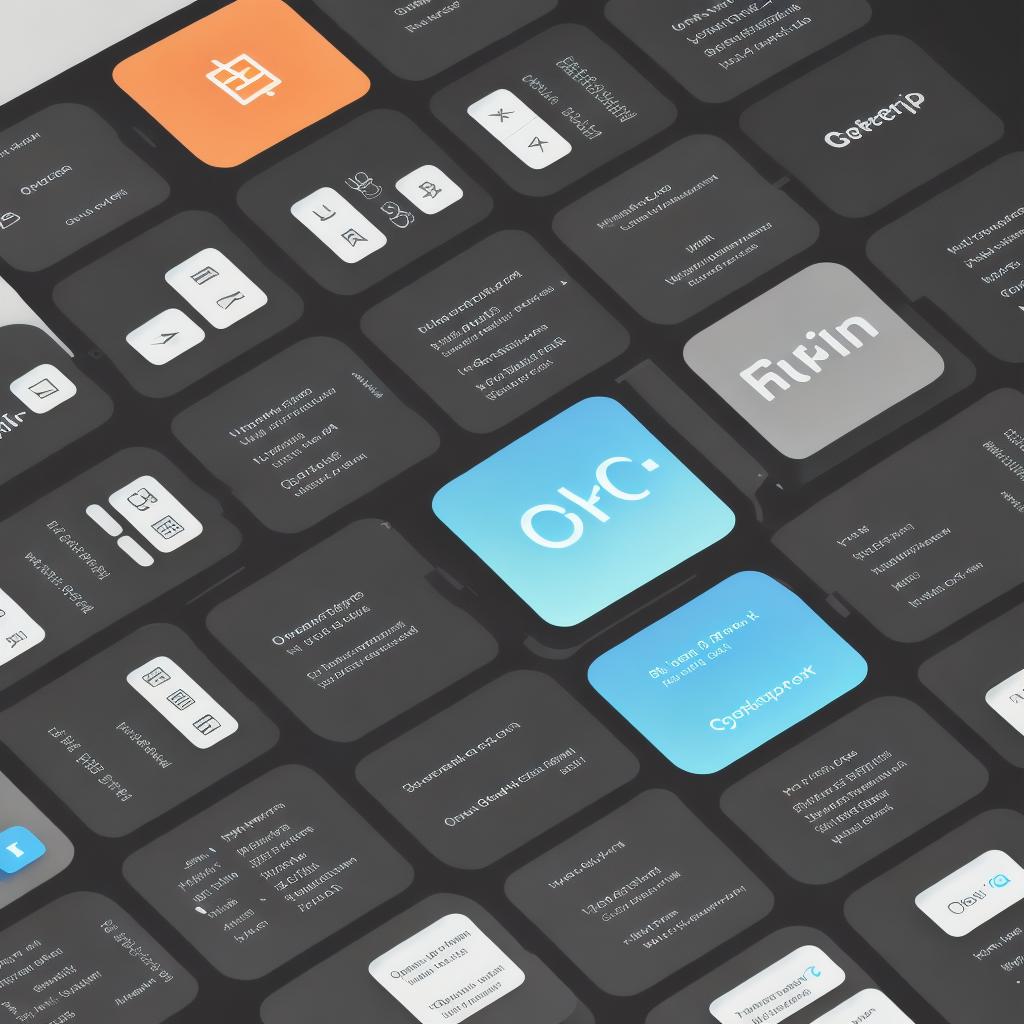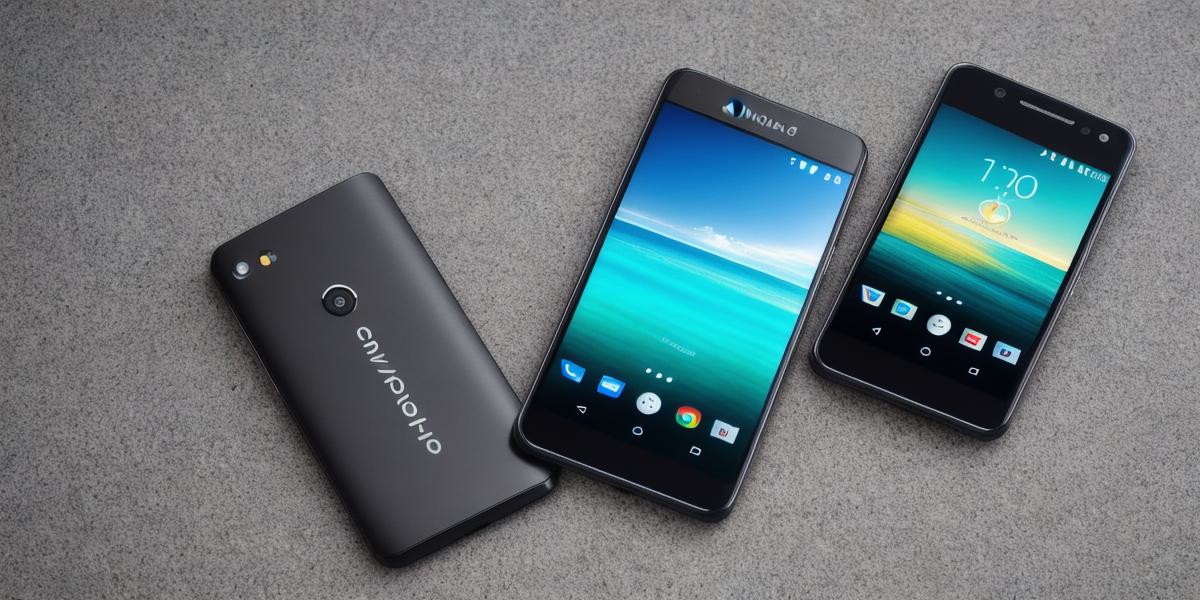Android development has come a long way since its inception, and with the ever-evolving technology landscape, it’s important to keep up with the latest trends and best practices in order to create successful apps. In this article, we’ll take a closer look at some of the most exciting developments in Android development and provide tips for creating engaging and effective apps that stand out in a crowded marketplace.
- Flutter: Cross-Platform Development Made Easy
Flutter is a powerful cross-platform development framework that allows developers to build apps for both iOS and Android using a single codebase. Flutter uses the Dart programming language, which is easy to learn and has a strong focus on performance. With Flutter, developers can create beautiful and intuitive user interfaces that run smoothly across multiple devices and platforms.
- Android Architecture Components: Modular Development Made Simple
Android Architecture Components is a set of tools that help developers build modular and scalable apps using the Model-View-ViewModel (MVVM) architecture pattern. This approach allows developers to separate concerns and make their code more maintainable, testable, and reusable. By using the Android Architecture Components, developers can create robust and extensible apps that are easy to update and maintain over time.
- Kotlin: A Modern Alternative to Java
Kotlin is a modern programming language that is fully interoperable with Java and can be used as a drop-in replacement for the aging Java language. Kotlin is more concise, safer, and easier to read than Java, making it an attractive choice for Android developers who want to write cleaner and more efficient code. With Kotlin, developers can take advantage of modern programming features like lambda expressions, type inference, and coroutines, while still maintaining compatibility with the existing Java ecosystem.
- Material Components: Beautiful and Consistent UI Design
Material Components is a set of design guidelines and tools that help Android developers create beautiful and consistent user interfaces using the Google Material Design language. This approach emphasizes simplicity, clarity, and consistency in design, making it easy for users to navigate and interact with your app. By following the Material Components guidelines and using the accompanying tools, developers can create apps that look and feel great on any device or platform.
- Android Things: The Future of Android Development
Android Things is a new version of the Android operating system designed specifically for Internet of Things (IoT) devices like smartphones, smart TVs, and smart speakers. With Android Things, developers can create apps that are optimized for voice interaction, gesture-based controls, and other unique features of IoT devices. As the world becomes increasingly connected, Android Things is poised to become the dominant platform for building smart devices and applications.

Conclusion: Stay Ahead of the Game with Latest Trends in Android Development
In order to stay competitive in the rapidly evolving Android development landscape, it’s important to keep up with the latest trends and best practices. By adopting modern frameworks and technologies like Flutter, Android Architecture Components, Kotlin, Material Components, and Android Things, developers can create apps that are more efficient, scalable, and user-friendly than ever before. Remember to always prioritize your users’ needs and strive for simplicity, clarity, and consistency in your app design. With these tips in mind, you’ll be well on your way to creating successful and engaging Android apps that stand out from the crowd.
